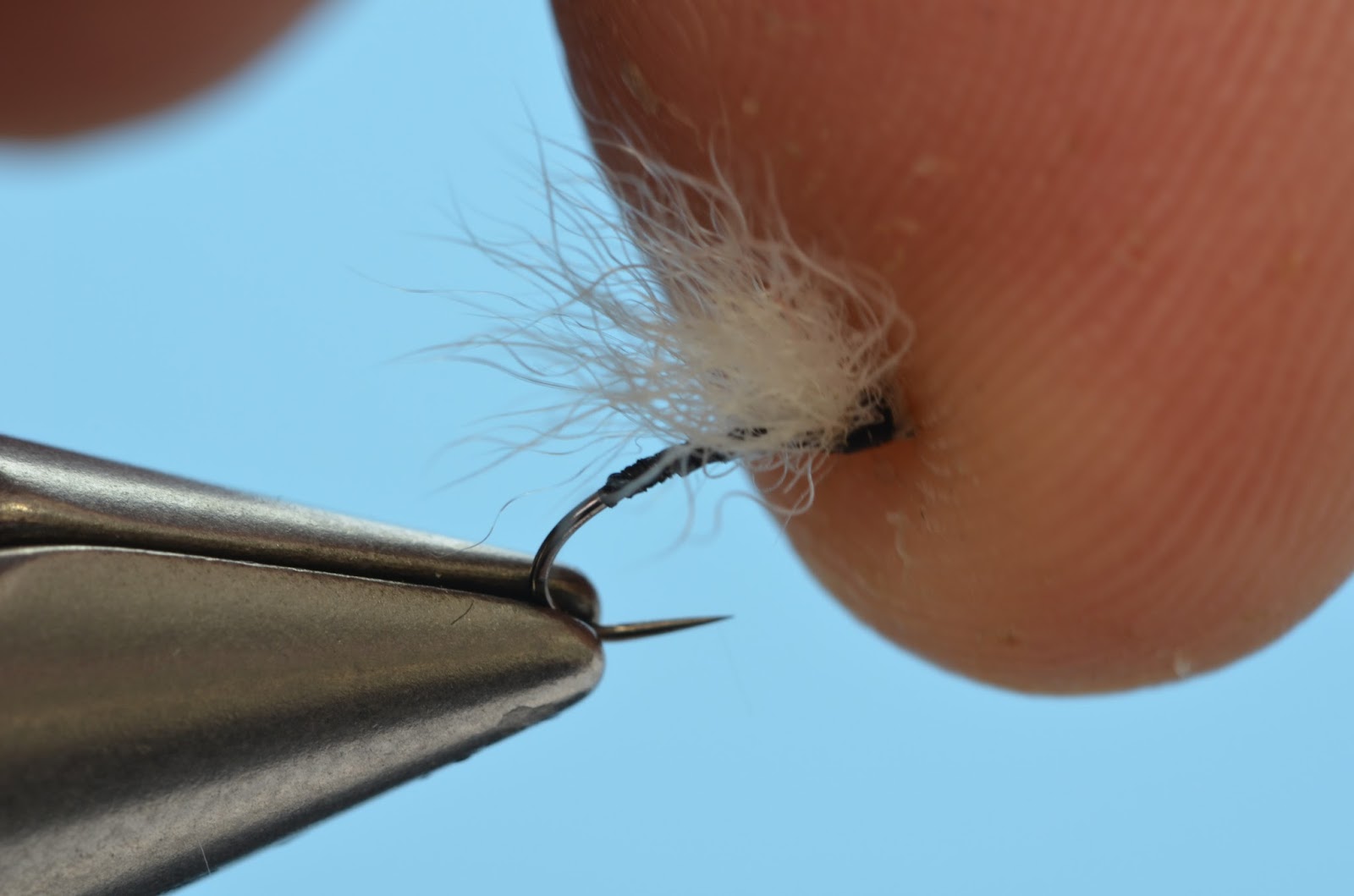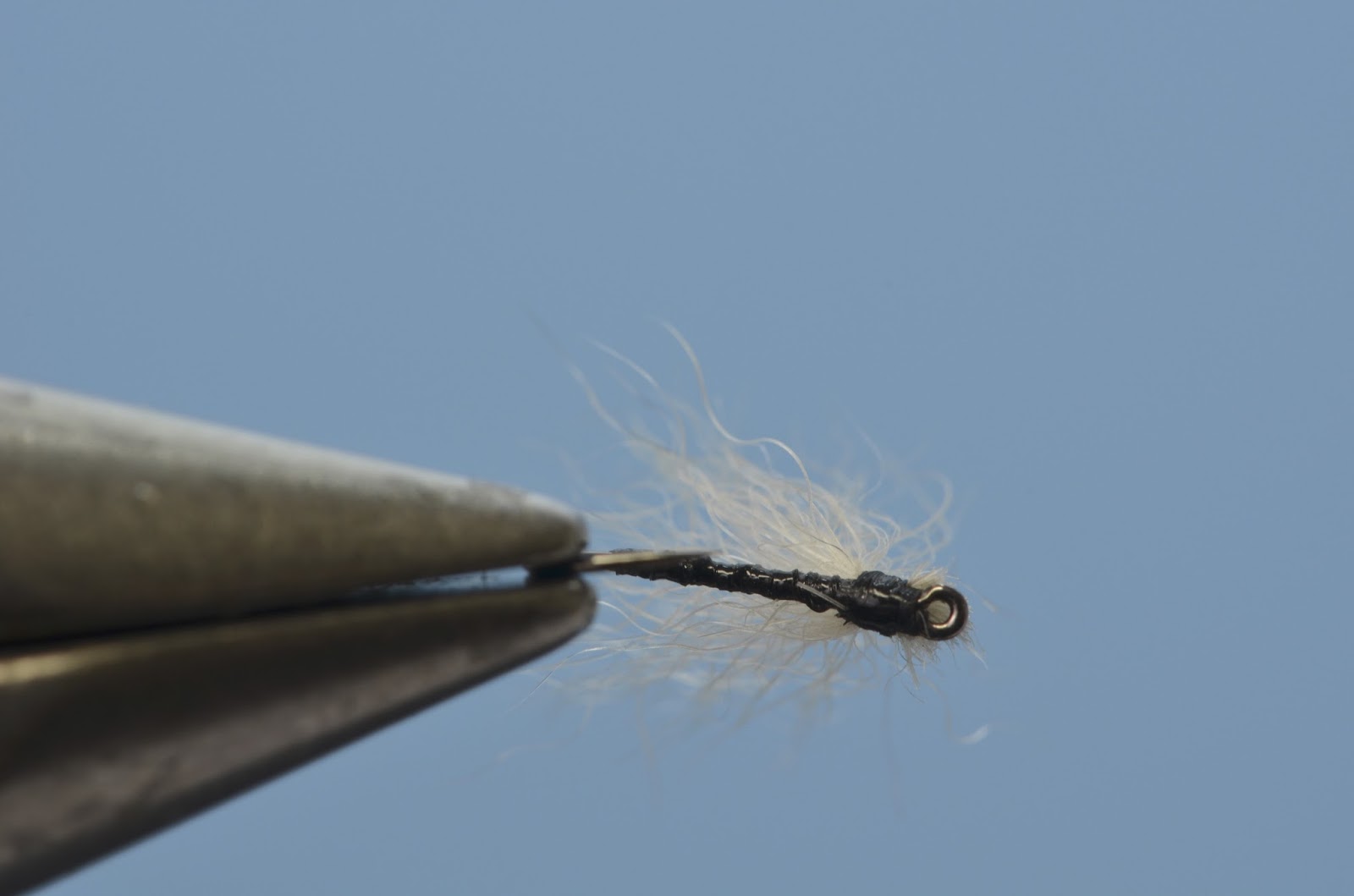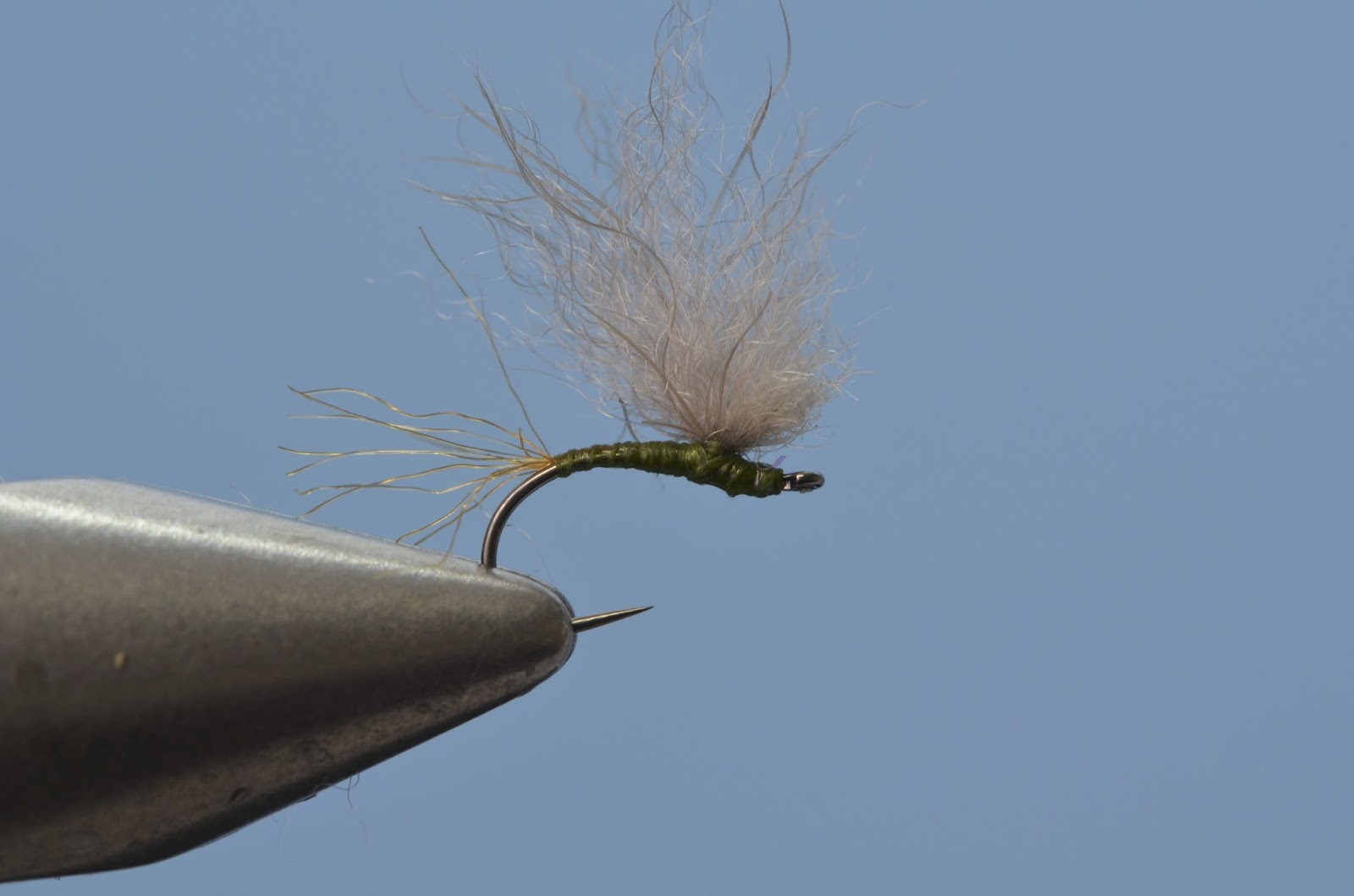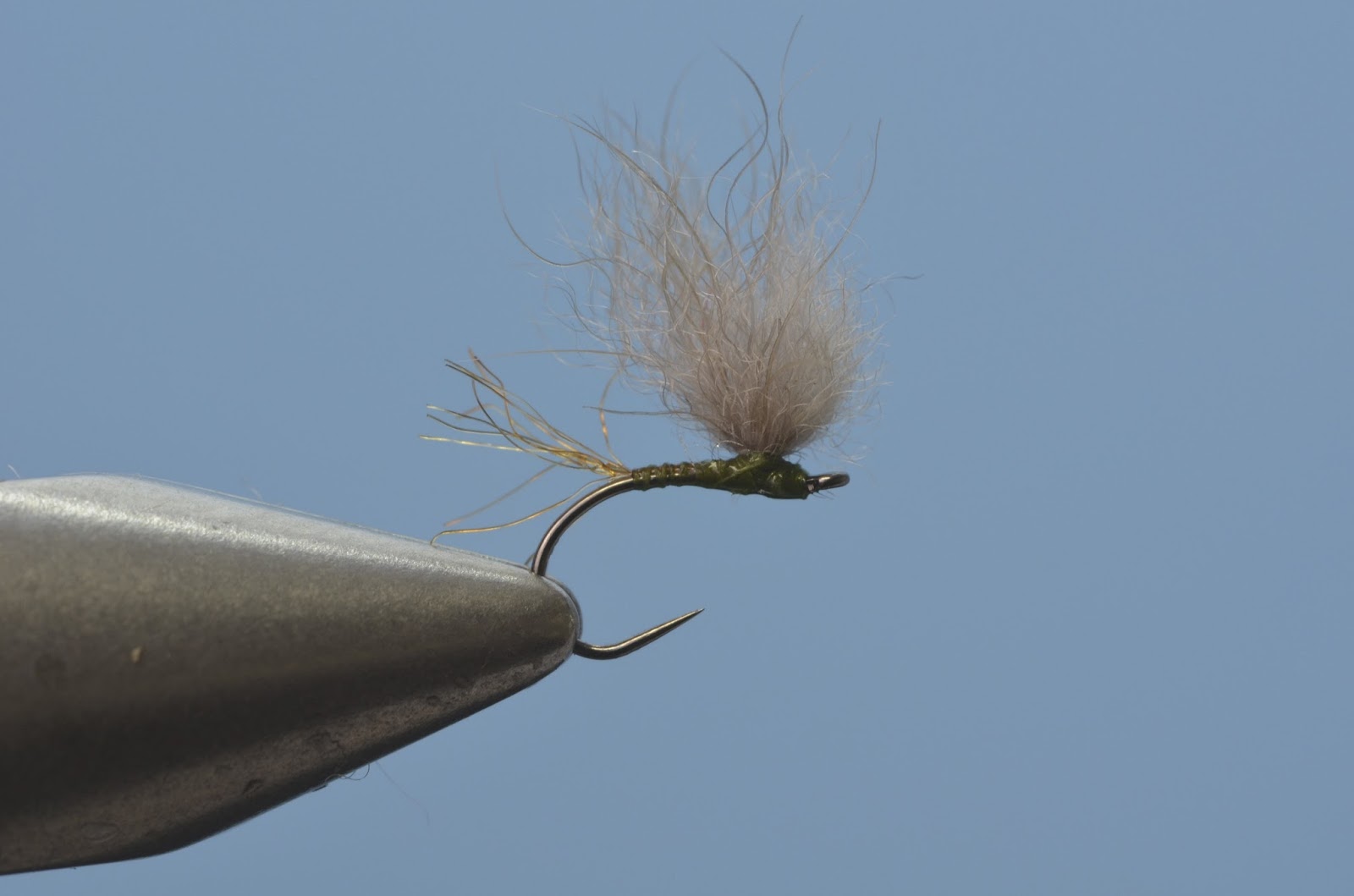It's Small Fly Season, Simple Bugs Are Often The Most Productive
I recently read some interesting questions posed by fellow anglers regarding the loss of trout on the hook-set while fishing with smaller flies (size 20 and smaller). Seeing as how we are in the midst of the "Small Flies" season for those looking to match the hatches for trout, I figured it would be beneficial to pass along some knowledge that was shared with me while targeting trout keyed in on smaller fare. I will add, there is nothing more frustrating than losing fish after fish and you can't seem to understand why. Often, smaller flies can be the culprit, so here are a few tips that should lessen the likelihood of lost fish and put a higher percentage in the net.

Simply Off-setting The Beak Can Increase Your Hook-ups Exponentially
1. Off-Set The Hookpoint:
Even if you are a buyer and not a tyer, this little tidbit is probably the one thing that will decrease the number of fish you lose after the hook-set. A wise old man once taught me this lesson while fishing a hatch of small olives, kinda like the one's currently hatching. You see, I too was fooling fish but unfortunately dropping most of them within seconds after the take; 1-3 for every 10 trout hooked is a pretty abysmal situation.
A Slightly Off Set Beak Can Make A Huge Difference.
This can be a rather maddening affair, and my older and wiser neighbor fishing upstream of me noticed my frustration as I sat on the bank losing yet another trout on the hook-set. What he showed me was simple yet effective. Light bulb moment, hey why didnt I think of that? By simply grabbing your fly in your forceps and slightly bending the shank a mere 5-10 degrees, you off set the hook point and open up the hook gap, thus increasing your hooking capability. You can also do this after you tie the fly in your vise if you tie your own; something I do with many all of my smaller flies now. There are even some hooks available that come with an off-set point.
Even On This Small Size 18 Ant Pattern, The Hook Has Ample Space For Hooking Fish
2. Tie With Larger Gap Hooks:
If you tie your own, try using a light wire scud style hook or any style wide gap hook for starters. Often many of the smaller hooks on the market with a standard 1/2 the shank length hook gap are often too small, especially once you get down to those sizes smaller than a 20. I often will use scud or caddis larva/pupa style hooks for my smaller imitations, just to get ample hook gap in my flies. Some of my favorite hooks are the Partridge Caddis Pupa (seen in all pictures in this post), TMC 206-BL and the TMC 2487-BL. Any of these hooks are fine choices for smaller imitations and will hold up well even with fish in excess of 20 inches.
A Simple Thread Bodied BWO size 18, On An 18 Partridge Caddis Pupa Hook.
3. Tie Shorter Versions On Same Hooks:
Once you find a hook you like, use it for a variety of sizes. Sounds pretty simple, but it is an often overlooked idea. Compare the two pictures, the fly above is a size 18 tied on a size 18. The one below is the same hook and pattern just tied shorter to represent a size 22-24. Trust me it works, give it a shot next time you're tying up a bunch smaller bugs.
Same Fly Tied Short On The Same Hook. Now A size 22-24.
4. Countdown Before You Trout Set:
Sometimes, especially when fishing midge pupa in the film, the takes are rather light and methodically slower than those splashy caddis rises of the spring. That being said, it pays to slow down your hook-sets. Often counting to yourself in your head before raising up on the rod will equate to more hooked fish. When I transition to fishing smaller surface imitations I habitually miss the first few takers every season, and I have to remind myself to Slowwww down. This not only works for smaller imitations but also when trout are doing those lazy head, dorsal and tail rises in the slack waters during the thick of a hatch. Take your time, count "one-one thousand" in your head and then raise up on that fish to come tight.
So, off set those beaks, tie up a variety of sizes on the same size hooks and slow your hook sets down while out there matching hatches this fall and winter and you surely will put many more fish in the net. Have fun out there.
-RS-






